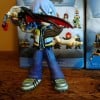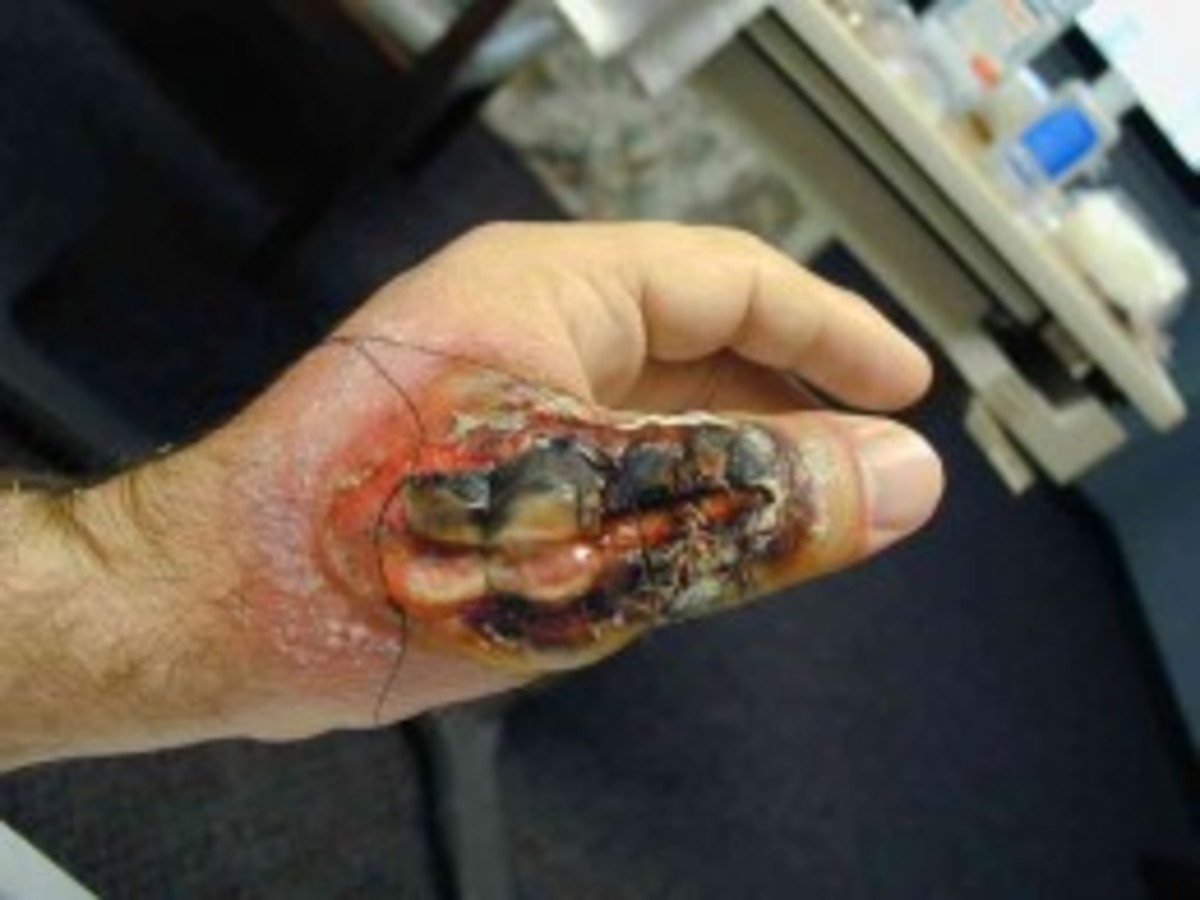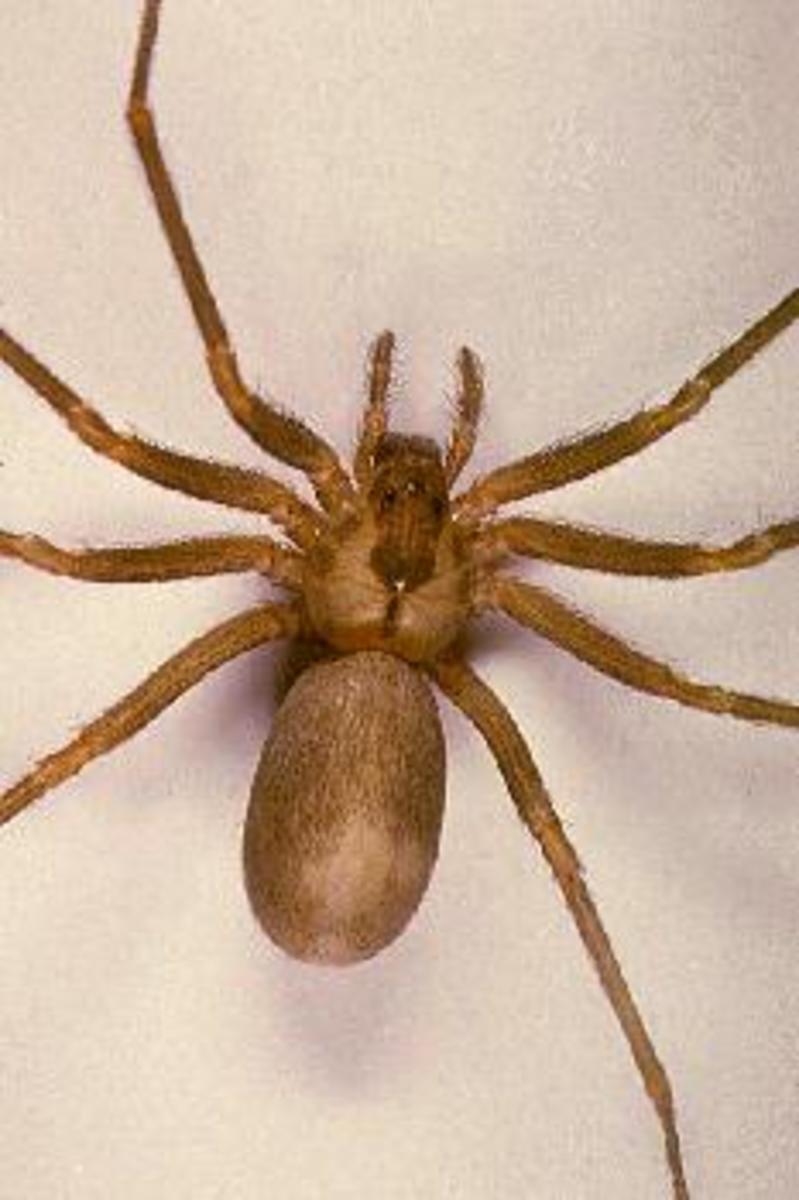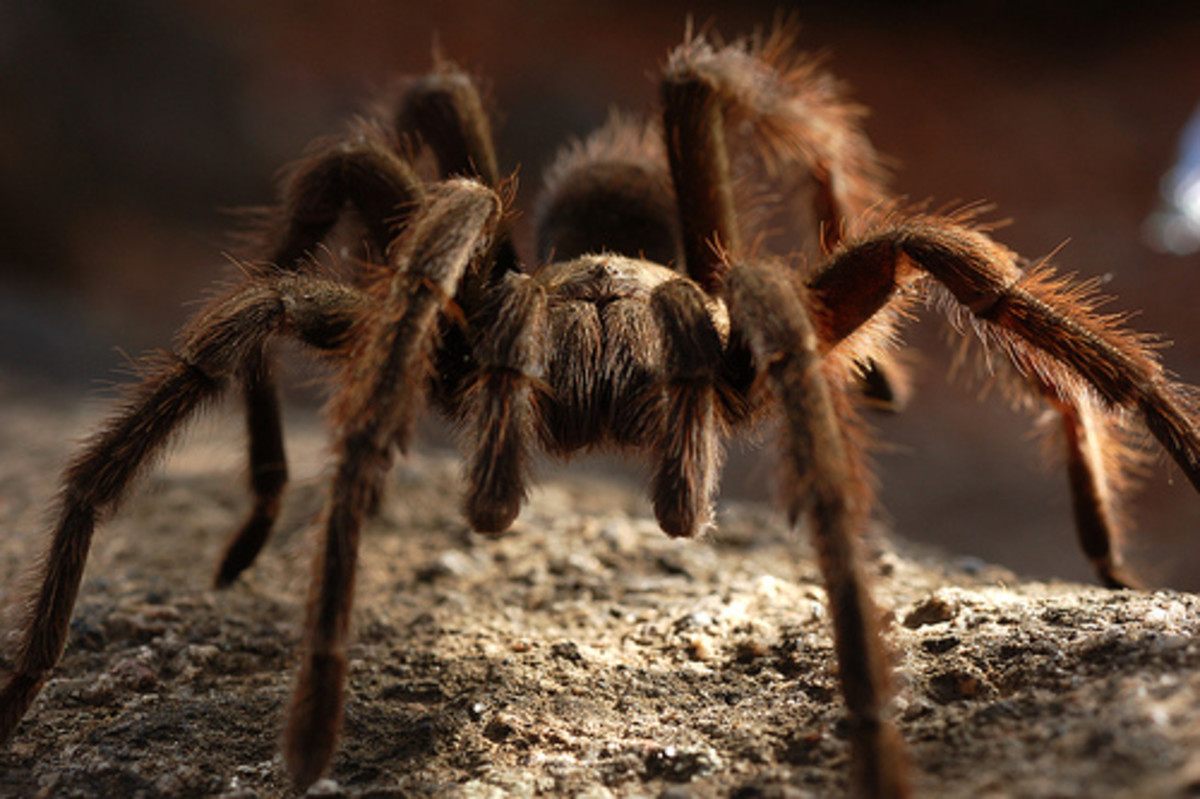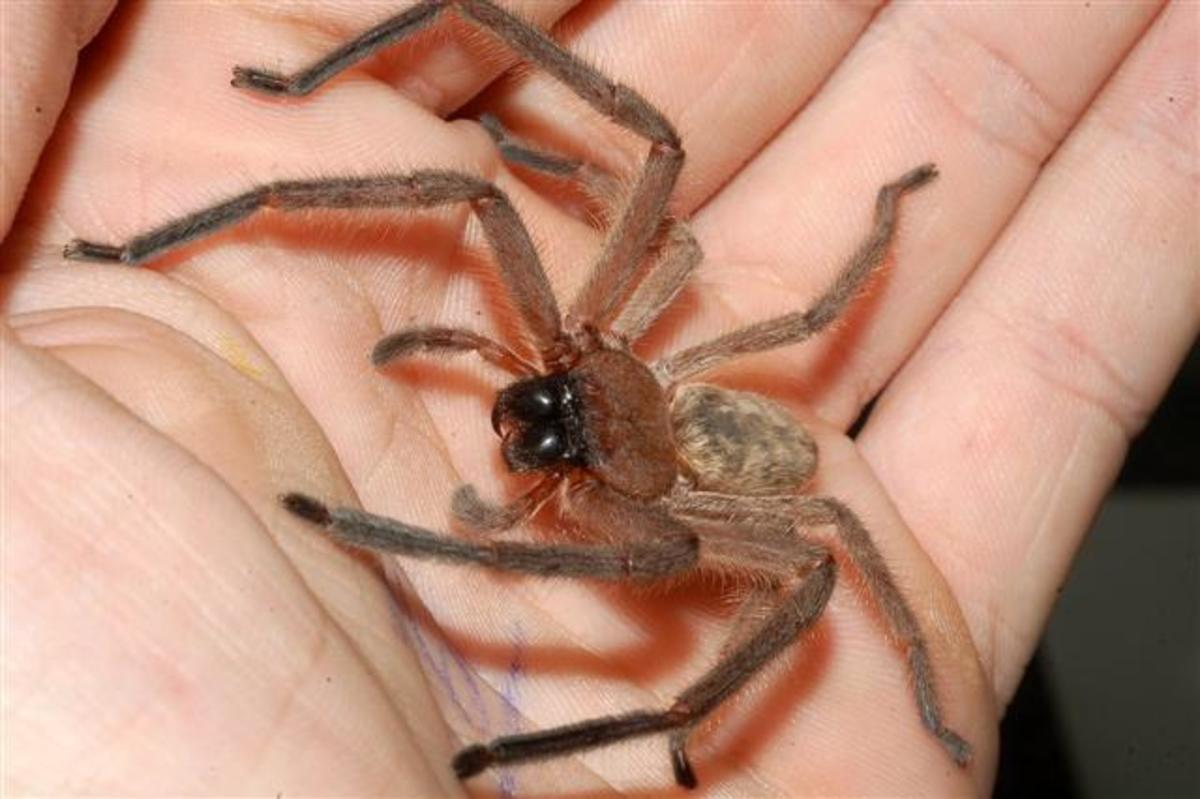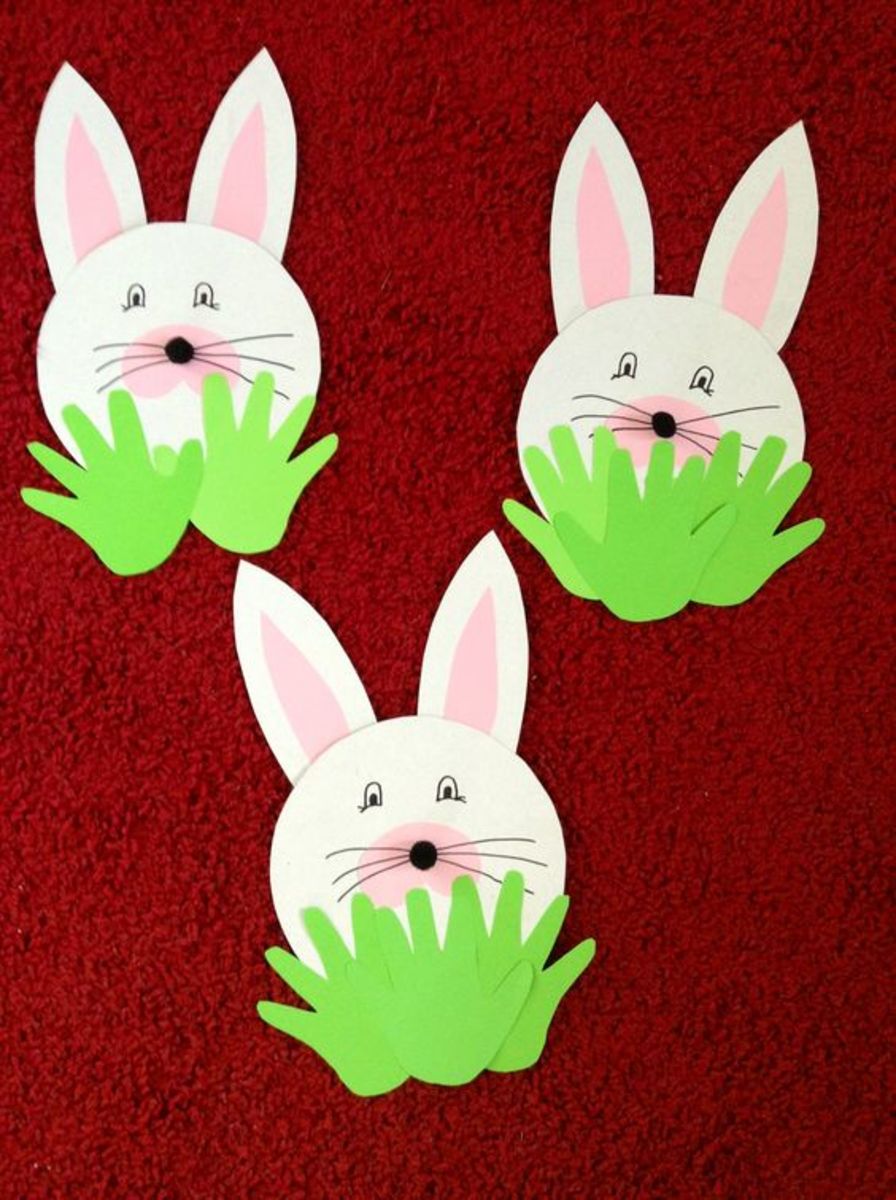Tunisia Poisonous and Venomous Spiders, Snakes and Insects
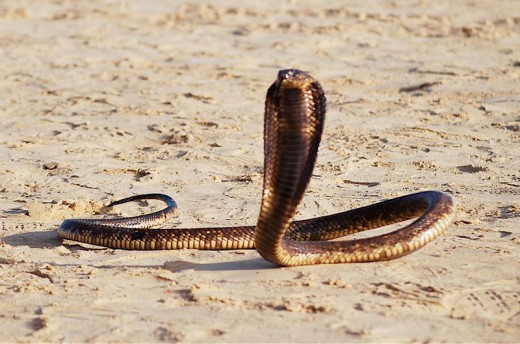
Venomous snakes and poisonous spiders inTunisia.
Poisonous spiders and venomous snakes can be a potential threat when visiting Tunisia. Usually they not located in the cities but more in slightly rural areas, but they do encroach on human habitats.
These life threatening creatures can turn a vacation into a fight for life as the venom rushes through the bloodstream. Anti-venom is not always at hand to save the life of a person bitten by a poisonous snake or a venom filled spider.
Tunisia is the most North Western part of Africa, neighboring Algeria and Libya, and is as exotic as can be. The tropical weather allows these creatures to breed and adapted to live in some of the most hostile places in the world. Many vacations to Tunisia have been destroyed through tourists thinks that they will be able to handle a snake.
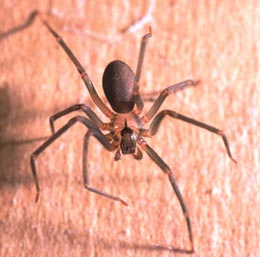
Mediterranean recluse spider
This poisonous spider is the close cousin of the venomous Brown Recluse Spider in America. The toxin from this little beauty is hemotoxic and simply melts away skin tissue if the bite is not immediately treated ( see above photo )
This poisonous spider is actually shy, and most bites occur when it crawls into clothes or towels and then is pressed against the skin. The recluse spider is only approximately 2cm in length, but it can pack one big punch. It can be found in airing cupboards, drawers, and in soft furnishings around the home, hotel or resort.
The initial bite from the Mediterranean recluse spider is usually not felt, and there is no instant pain, which is part of the problem. The fangs are relatively small and cannot penetrate most clothes, but can easily pass through skin.
Symptoms of a person being bitten include nausea, rashes, vomiting, and fever. This is followed by muscle aches and joint pain. In very rare cases, internal organs will be severely damaged as the venom surges through the blood stream.
The venom can leave massive lesions and welts on the skin.
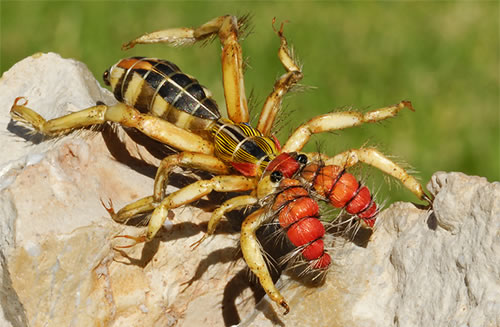
Camel Spiders
Although these are not meant to be neither venomous nor poisonous they can give a nasty nip. They can grow to be 12 cm in diameter, and the bite can produce a long ragged wound. They can run about 16 kilometers an hour ( 10 miles ) which is faster than most humans walk.
Soldiers use them in pit battles with scorpions and would place bets on the outcome of the fight. Urban legends suggest some scary things about this spider. Rumour has it, that they will gather in their hundreds and will attack a man and completely strip his flesh off in minutes if they feel threatened, but this is not true. They usually only bite as a last resort.
This spider is relatively harmless, but could cause heart attacks if a person has arachnophobia, it is scary to look at. During vacations or holidays, many people simply brush spiders and other insects aside and think that they have gone, but the spiders are usually still quite close.
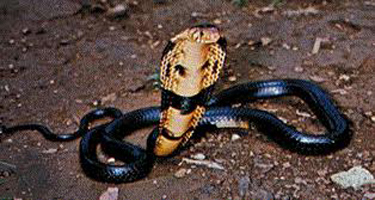
Egyptian Cobra
This venomous snake can grow to a massive 8 foot ( 2.4 meters ) in length and do not spit venom, they inject it. Recognisable by the impressive hood and broad snout, with a common brown or black colouring and a teardrop marking below the eyes.
Although death by bites from this snake have been greatly reduced due to the availability of anti-venom, deaths still occur if treatment is not received quick enough. Many foreigner's to Tunisia have succumb to bites from this potentially lethal snake.
The venom is neurotoxin, and each bite yields between 175 -200 mg of venom. The venom stops impulses being sent to the muscles, then later to the lungs and the heart which causes death through respiratory failure.
Initially the victim will feel pain as the bite penetrates the skin with redness and swelling coming within minutes or even seconds. Then may follow blistering, vomiting, dizziness, diarrhea and convulsions with possible paralysis. Cobra's are dangerous snakes, anti-venom is available but medical attention should be sought immediately before the venom attacks the heart.
Although usually found away from inhabited places, they can occasionally come close or even into towns. Other less dangerous snakes in Tunisia include the Puff Adder and the West Asian Blunt Nosed Viper. Be warned, it would be easier if people on their holidays just avoided snakes. If one is seen, do not go close to it, use the zoom function on the camera instead.
Snake Charmers
Snake charmers entice their audience to come close to the snakes that they are holding. Most of the audience will deny this opportunity fearing snake bites. But the snake charmers hold a bizarre secret. The mouths of the snakes are intricately sewn together, leaving only just enough room for the snakes tongue to flicker in and out.
These captured snakes develop mouth diseases and are unable to feed. This results is the short life of the snake, the snake charmer simply kills the snake off before it shows signs of distress, usually less then a week, and simply catches another one for his trade.
People on vacation to Tunisia are asked not to offer money to these snake charmers as it amplifies the cruelty to animals.
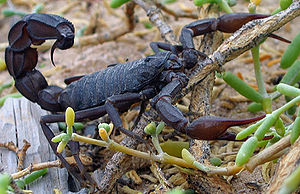
Fattail Scorpion
This black monster is one of the most dangerous scorpions in the world and grow to 10 cm ( 4 inches ) in length. This hard shelled venomous creature has a fat tail which makes it more distinguishable.
The venom contains very powerful, and stings from the Fattail Scorpion cause several deaths each year, not necessarily just in Tunisia. They are again usually away from human dwellings but could be found out in the desert areas.
Anti-venom is available at medical centres and hospital, without which, any vacation will be short lived. Whilst on Tunisian vacations, care should be taken around rocks and dark places where scorpions like to hide.
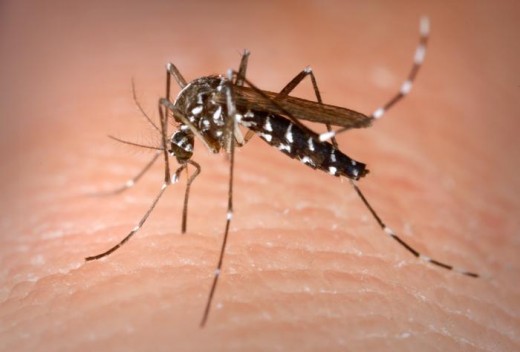
Mosquito
This little pest with wings kills over 3,000 people a day in Africa.
Mosquito's carry varies diseases and parasites. The major disease is Malaria. Malaria is not usually carried by their American and European cousins, but is rife with the African mosquito. If bitten by a mosquito, there is a serious chance that the victim may contract full blown malaria. Ensure all shots or injections are taken before leaving your home country to visit Africa.
Victims may begin to feel like they have the flu-like symptoms. Chills, headaches, tiredness, vomiting and diarrhea will follow. Muscle pains and possible coma before death could occur. Children are more prone to catching malaria as they have no immunity from this horrible disease. Family holidays to Tunisia should be fantastic, ensure that all members of the family have been inoculated.
Mosquitoes also carry parasites such as the Blow Fly larvae. Although this larvae is not really dangerous, it can be a problem. The Blow Fly larvae drop off the mosquito and will enter the skin through the open puncture wound. They then begin to eat the soft tissue under the skin until they are ready to burrow their way out and drop to the floor.
Have you been to Africa and been affected by any of the following?
Free link to our sister site - Dangerous Animals In Africa.
